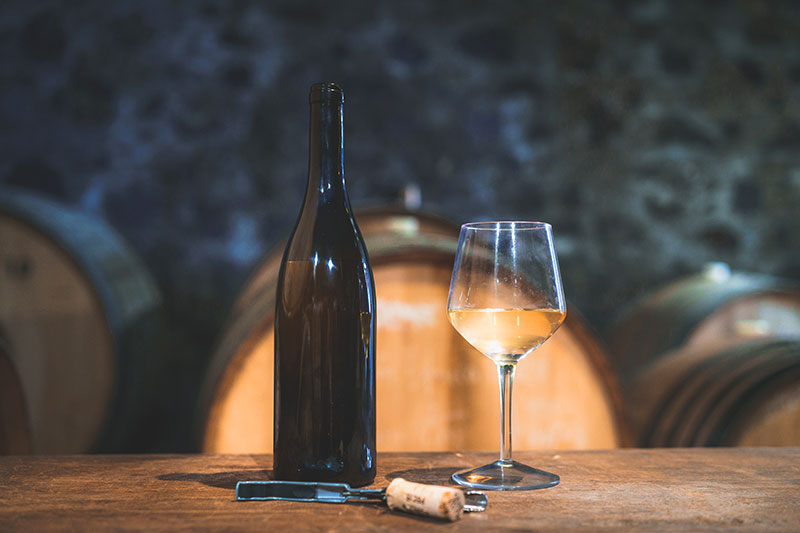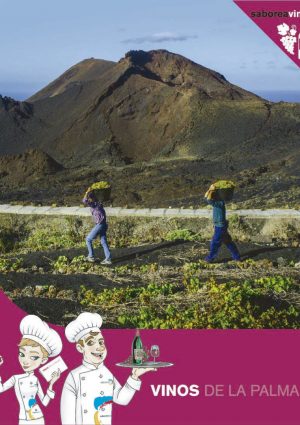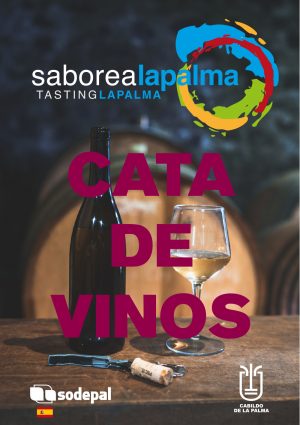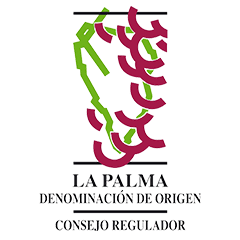TYPES OF WINE
Dry whites: They are usually aromatic and light, with fresh aromas of flowers and fruit. The vast majority are young, which reinforces the personality of the varieties from which they are made. Listán blanco, Bujariego and Albillo are three of the best known and most widely used.
Red and rosé wines: Most of these wines are young wines. Negramoll is the grape variety on which most of the wines in this category are made, although sometimes other minority varieties are added (Listán Prieto, Almuñeco, Castellana, Tintilla, etc.). Rosés can be made by blending these varieties with white grapes, but the most common is to use only Negramoll.
Tea wines: Within the Denomination of Origin of Wines of La Palma, in the North sub-zone, the designation 'Vino de Tea' is authorised on the labelling of white, rosé or red wines that acquire their qualities through ageing in wooden containers made from the heart of the 'Pinus canariensis' (tea tree). This gives them their own traditional organoleptic characteristics. The oak or chestnut barrels have traditionally been replaced here by barrels made from this wood.
In the north of La Palma, we can distinguish two areas, the northwest and the northeast. Both differ in terms of viticultural techniques, varieties cultivated, artisanal winemaking techniques, etc. Tea wines are the most traditional in the Northwest region, which includes the municipalities of Garafía, Puntagorda and Tijarafe. It is a very steep hillside, cut by numerous deep ravines, where most of the vineyards are located at high altitudes, between 800 and 1500 metres above sea level. Tea wines are usually made with a mixture of white varieties, such as Listán Blanco and Albillo, which usually ripen earlier and provide the necessary amount of sugar to the blend. The later red variety, Negramoll, provides acidity and some colour. Prieto and Almuñeco, which ripen earlier than the other varieties, add more colouring matter to the tea wines.
Naturally Sweet: Within this category, the jewel in the crown is Malvasía, a wine whose vines are mainly planted in two very specific areas of the island (Fuencaliente and Villa de Mazo). The grapes are left to ripen on the plant until they begin to raisin, which reinforces the presence of sugars and the alcoholic content of the final product. These wines are amber, noble and extremely aromatic. Sabro is another important variety in the production of sweet whites. Nowadays, naturally sweet red wines can also be found on the island, made from the Negramoll variety.








